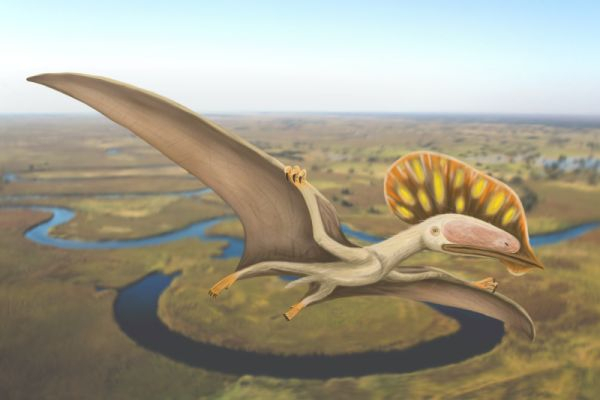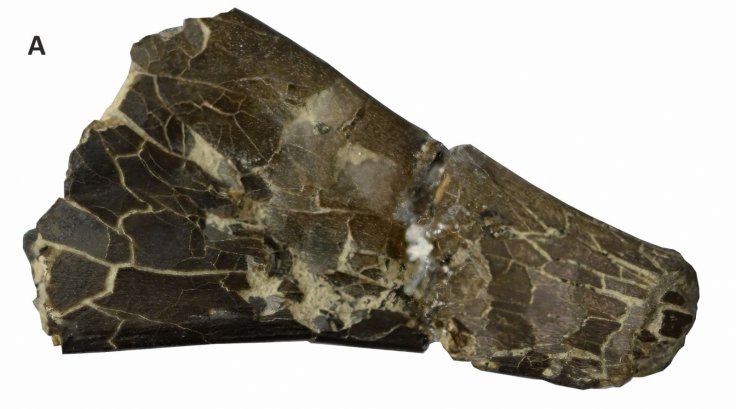Every newly unearthed dinosaur fossil gives us a new peek into a fascinating world long gone by. Offering such insight, a new study reveals that the fossilized remains of a "peculiar" pterosaur have been discovered in the UK for the first time.
According to paleontologists from the University of Portsmouth, a fossilized jaw bone of a pterodactyl, which is said to been commonly found only in Brazil and China, has been discovered in the Isle of Wight, that is part of the geological formation known as the Wessex Formation.
The specimen is believed to be related to others belonging to a family of pterosaurs called "tapejarids". "This specimen is the first record of Tapejaridae in the Wessex Formation, and is amongst the oldest record of the Tapejaridae outside of China," the authors wrote.

A Jaw Fragment That Says A Lot
While it is only a jaw fragment, it displayed sufficient characteristics for the scientists to understand its anatomy and relate it to the bizarre family of pterosaurs. "Although only a fragment of jaw, it has all the characteristic of a tapejarid jaw," said Megan Jacobs, co-author of the paper.
These features included tiny holes that contained sensory organs that aided in the detection of food. Fascinatingly, the fossil was found by a fossil hunter while on a walk with his dog in Sandown Bay on the Isle of Wight. He later gave it to Jacobs, who studied it further. The specimen has been named Wightia declivirostris.

Closely Related to Chinese Tapejarids
According to Jacobs, in complete examples found in Brazil and China, it was found that the pterosaurs had large head crests, which were sometimes nearly twice the size of their skulls. "The crests were probably used in sexual display and may have been brightly coloured," she explained.
Based on their analysis, the scientists concluded that the specimen/sample found in the Isle of Wight bore closer relation to the Chinese tapejarids than the Brazilian samples. Recently, a team from the University of Portsmouth unearthed a similar specimen in Morocco and named it Afrotapejara.
David Martill, co-author of the study, added: "This new species adds to the diversity of dinosaurs and other prehistoric reptiles found on the Island, which is now one of the most important places for Cretaceous dinosaurs in the world."









